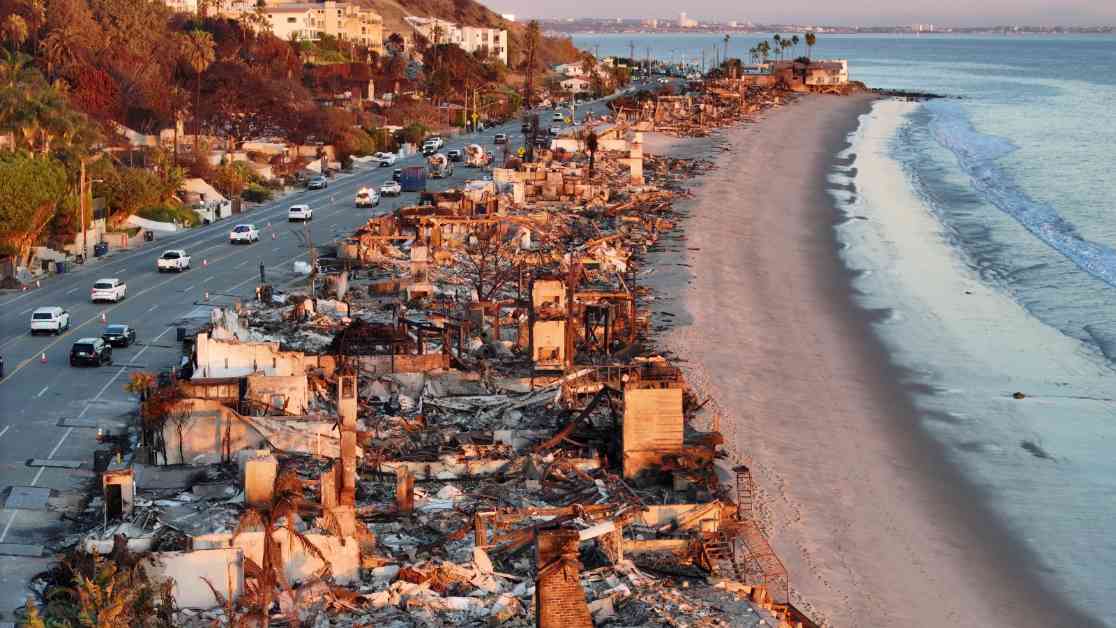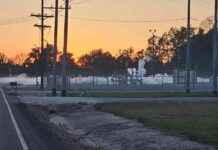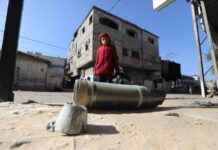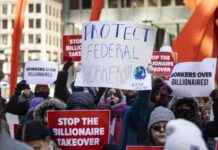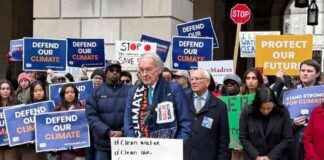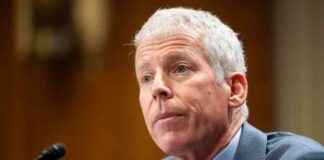Navigating Trump’s Impact on Los Angeles Wildfire Relief: A Closer Look at the Possibilities and Challenges
In the midst of a fierce presidential campaign in September, then-candidate Donald Trump issued a bold threat that if California faced a wildfire during his tenure, he would withhold disaster relief unless Governor Gavin Newsom acquiesced to delivering more water to farmers in the state’s agriculture-rich Central Valley. Fast forward to the devastating Palisades and Eaton fires in Los Angeles, which have left a trail of destruction in their wake, Trump’s ominous promise has resurfaced. As the fires continue to ravage the region, the spotlight is once again on Trump’s stance, raising questions about the future of wildfire relief efforts in the city.
**Trump’s Threats Reignited**
With the fires escalating and causing widespread devastation, President Trump has been quick to shift blame onto Newsom’s water policies, citing the state’s measures to protect an endangered fish species as a hindrance to firefighting operations. The president’s threats to withhold aid from the Federal Emergency Management Agency (FEMA) have stirred controversy, especially as Congress deliberates on a supplemental bill to allocate billions of dollars in aid to fire victims. Speaker of the House Mike Johnson and other allies of Trump have echoed the sentiments of conditioning aid, citing concerns about water resource management and forest oversight in the state.
**Expert Insights and Realities**
However, disaster experts caution that such threats may face challenges in implementation. Craig Fugate, former FEMA chief under President Obama, notes that obstructing aid disbursement could be more of a bureaucratic inconvenience than a complete halt. The FEMA recovery process is already in motion, with President Biden having issued a disaster declaration promptly after the fires broke out, granting FEMA the necessary resources to assist with emergency response and shelter provisions. While Trump may attempt to delay aid through administrative channels, the agency is equipped to address immediate needs with existing funds.
**Long-Term Recovery Hurdles**
Looking ahead, the road to long-term recovery poses a different set of challenges. FEMA primarily reimburses states for rebuilding efforts, rather than executing them directly. California’s assessment of recovery costs is underway, but the submission and approval process for reimbursements is subject to defined protocols. Despite potential delays orchestrated by the Trump administration, FEMA’s obligations to fund rebuilding projects remain intact. While the state may explore internal funding options, the scale of the wildfires’ impact necessitates more extensive assistance.
**Congressional Role in Recovery**
As the focus shifts to Congress, the Department of Housing and Urban Development (HUD) emerges as a critical player in facilitating long-term recovery. HUD’s allocation of funds for housing redevelopment post-disaster is pivotal, yet contingent on congressional approval. Speaker Johnson’s stance on attaching conditions to aid approval underscores the complexity of securing essential funding for rebuilding efforts. In a city like Los Angeles, where real estate prices are steep, HUD funds play a crucial role in restoring communities and livelihoods.
**The Road Ahead**
While uncertainty looms over the fate of HUD aid and the extent of congressional support, experts remain cautiously optimistic about the eventual delivery of aid. Despite political posturing and bureaucratic hurdles, the federal infrastructure is designed to navigate challenges and provide relief when needed most. As California grapples with the aftermath of the wildfires, the resilience of its communities and the commitment of federal agencies and lawmakers will shape the trajectory of recovery efforts in the coming months.

